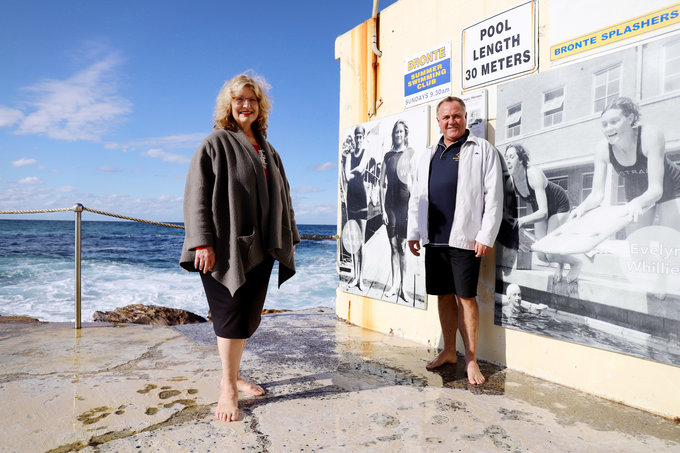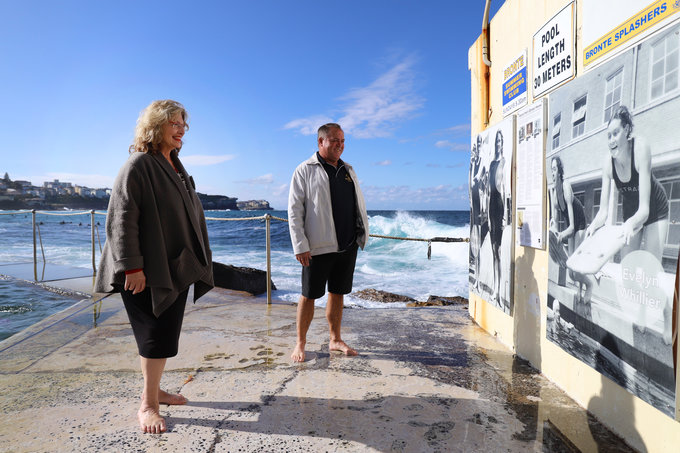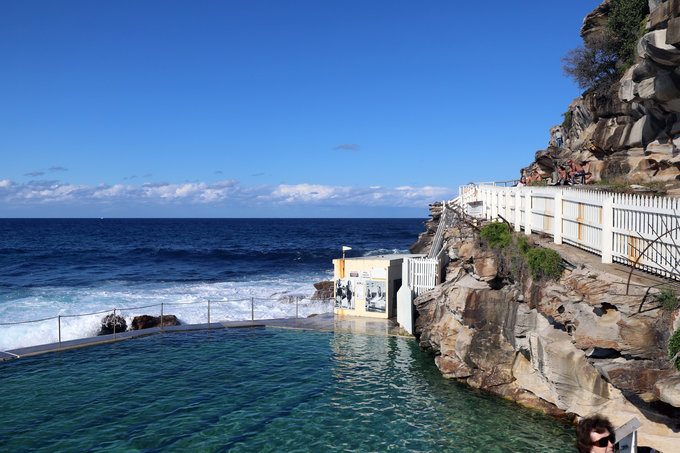- Home Home
-
Residents
Residents
- Waste & recycling Bins, clean-ups and disposing of tricky household items
- Parking Permits, car parks, maps and safety
- Your trees, plants & garden Tree pruning, native gardens and Living Connections
- Neighbourhood issues Report and resolve common issues
- Pets Dog and cat ownership, lost animals and off-leash parks
- Precinct committees Your local connection to Council
- Waverley LGA Maps Maps of the environment, planning zones and more
- Payments Pay for rates, certificates, permits and licences
-
Community
Community
- Children, youth & family services Early education, day care, support & resources
- Awards & grants Local Hero Awards, Garden Awards, Small Grants
- Get involved in your community Volunteering, creating connections, gardening
- Over 60s Services, activities, Mill Hill 60+ program
- Housing & homelessness Affordable housing, programs & support services
- Cultural diversity & inclusion Multiculturalism, language help, citizenship
- Aboriginal & Torres Strait Islander people Commitment to Reconciliation, plans & policies
- Disability inclusion Support services, access & inclusion projects
-
Business
Business
- Resources for Business Events, grants and support
- Innovation Roadmap 2025 to support business
- Tourism Home to Australia's most famous beach.
- Sponsorship Support local events
- Procurement Submitting tenders & expressions of interest to Council
- Commercial waste & recycling services Tailored waste services for business
- Mobile vending Waverley has limited mobile vending licenses
- Hello Bondi Council’s website to help visitors enjoy their stay
-
Recreation
Recreation
- Events Browse performances, exhibits and experiences
- Places of interest Historic buildings, markets, dining and Bondi Pavilion
- School Holiday Programs Fun-filled activities, workshops and events.
- Beaches & coast Beach information, safety, pool cleaning schedules
- Parks & reserves Location, public facilities and accessibility
- Arts & culture Artistic vision, creative programs, spaces and awards
- Venue & sport facilities hire Book indoor venues and sport facilities in Waverley
- Use of public spaces Events, commercial activations, filming etc
-
Environment
Environment
- Council leadership on environmental action Research, strategies and Council programs
- Climate resilience and reducing emissions Switch to electric, go solar and grants for apartments
- Water and the coast Keep beaches clean, save water and enjoy the sea
- Towards zero waste Reduce waste at home and at work
- Public tree management & urban greening Street Tree Masterplan and planting zones
- Native vegetation and animal habitat Join Bushcare and enjoy Waverley’s natural spaces
- Transport Council policy, bike and car share, electric vehicles
- Second Nature Council’s environmental news and events hub
-
Planning & Development
Planning & Development
- Development Applications The DA process, key documents & community consultation
- DA Tracking Tool Search a Development Application by number or date
- Application forms & certificates incl Planning, Rating, Construction and Occupation
- Waverley Local Planning Panel (WLPP) DA determination panel
- Compliance and regulations incl fire safety, food, pools and pollution
- Heritage incl Heritage Conservation Areas and fact sheets
- Urban planning and design Making Waverley a great place to live and work
- Major projects Council-delivered buildings, streets and parks
-
Council
Council
- Organisation structure Four directorates serve the community
- Mayor & councillors Your Mayor, Councillors, wards and contact details
- Council & committee meetings Dates, agendas and minutes of meetings of Council
- Advisory committees Advisory Committees of Council
- Policies, plans, strategies and reports Council's vision and delivery
- Jobs Current vacancies and working at Waverley
- Access to information Gaining access to publicly available information
- Payments Pay for rates, certificates, permits and licences
- Home
- >
- News & Media
- >
- Media Releases
- >
- Celebrating Bronte Ocean Pool’s Olympians
Celebrating Bronte Ocean Pool’s Olympians
26 June 2020 | Media Release
26 June 2020
Waverley Council is celebrating Bronte Ocean Pool’s link to defining moments in Olympic history with the unveiling this week at the pool of a photographic installation honouring local women Olympians Fanny Durack, Mina Wylie and Evelyn Whillier nee de Lacey.
The Olympians all trained at the pool in the early 20th century and collectively competed at the Stockholm and Berlin Olympics (1912, 1936) and the 1938 Empire Games.
Mayor of Waverley, Paula Masselos, said research recently undertaken by the Council’s Heritage team revealed a significant story of women Olympic swimmers connected to the ocean pool, which the Council has nominated for listing on the State Heritage Register.
“Bronte Ocean Pool has fostered many elite swimmers and a swim at the pool at sunrise is a much-loved and time-honoured ritual for many a Waverley resident,” Mayor Masselos said.
“Our beautiful new photographic installation will celebrate the achievements of our women Olympians and the importance of Bronte Ocean Pool in Australia’s cultural landscape.”

Mayor Masselos pictured today with Evelyn Whillier's grandson Warren, of Bronte. Picture: Waverley Council
Fanny Durack (1889-1956) was the first woman in Olympic history to win a gold medal for swimming at the Stockholm 1912 Olympics in the 100-metre. She later held every world freestyle record from 100 yards to one mile. She was inducted into the International Swimming Hall of Fame US and is buried at Waverley Cemetery.
Mina Wylie (1891-1984) learned to swim at Bronte Pool while her father Harry Wylie - also a champion long-distance swimmer and diver - leased the pool from Waverley Council from November 1895 to June 1901 before developing Wylie’s Baths at Coogee. She won a silver medal in the 100-metre freestyle at the Stockholm Olympics.

Evelyn Whillier (1917-2004) represented Australia at the Berlin 1938 Olympics. She won gold, silver and bronze medals at 1938 Empire Games in Sydney in the 110-yard freestyle, 4x110-yard freestyle relay and 3x110-yard medley relay. She was born in Western Australia but lived in Bronte all her married life,
teaching generations of Bronte children to swim in the pool as an instructor for 40 years. She is the first member of Waverley Council’s Heroes Walk at Bronte Beach.
Alick Wickham, a 15-year-old Solomon Islander boy who lived in Sydney in the early years of the 20th century, also features in the photographic installation. Wickham is believed to have been the first person in the world to swim the Australian Crawl competitively, at Bronte Ocean Pool, in 1901. The Australian Crawl is an overarm or freestyle swimming stroke now familiar in competition swimming throughout the world.

The unveiling of the photographic installation coincides with the launch of the Council’s new Charing Cross to Bronte heritage walk. The self-guided walk – which travels through much of the Charing Cross Conservation Area – maps the colourful characters and historical buildings in the two villages over 21 stops, including Bronte’s old post office (which has links to the architect who designed Canberra’s first Parliament House), National Anthem writer John Smith Murdoch and novelist Miles Franklin, who once lived in Brae Street, Bronte.
Click here to access the map.
